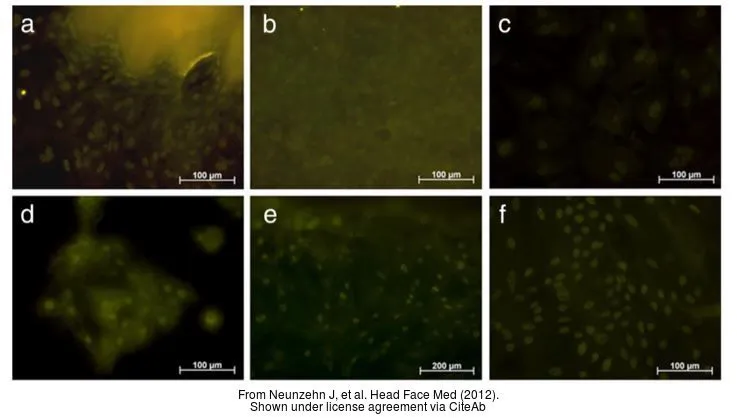
The data was published in the journal Head Face Med in 2012. PMID: 23241143
p63 antibody [4A4]
GTX23239
ApplicationsImmunoFluorescence, ImmunoCytoChemistry, ImmunoHistoChemistry, ImmunoHistoChemistry Paraffin
Product group Antibodies
TargetTP63
Overview
- SupplierGeneTex
- Product NameAnti-p63 MAb [4A4]
- Delivery Days Customer9
- Application Supplier NoteIHC-P: 1:100-1:200. *Optimal dilutions/concentrations should be determined by the researcher.Not tested in other applications.
- ApplicationsImmunoFluorescence, ImmunoCytoChemistry, ImmunoHistoChemistry, ImmunoHistoChemistry Paraffin
- CertificationResearch Use Only
- ClonalityMonoclonal
- Clone ID4A4
- ConjugateUnconjugated
- Gene ID8626
- Target nameTP63
- Target descriptiontumor protein p63
- Target synonymsAIS, B(p51A), B(p51B), EEC3, KET, LMS, NBP, OFC8, RHS, SHFM4, TP53CP, TP53L, TP73L, p40, p51, p53CP, p63, p73H, p73L, tumor protein 63, amplified in squamous cell carcinoma, chronic ulcerative stomatitis protein, keratinocyte transcription factor KET, transformation-related protein 63, tumor protein p53-competing protein
- HostMouse
- IsotypeIgG2a
- Protein IDQ9H3D4
- Protein NameTumor protein 63
- Scientific DescriptionThis gene encodes a member of the p53 family of transcription factors. The functional domains of p53 family proteins include an N-terminal transactivation domain, a central DNA-binding domain and an oligomerization domain. Alternative splicing of this gene and the use of alternative promoters results in multiple transcript variants encoding different isoforms that vary in their functional properties. These isoforms function during skin development and maintenance, adult stem/progenitor cell regulation, heart development and premature aging. Some isoforms have been found to protect the germline by eliminating oocytes or testicular germ cells that have suffered DNA damage. Mutations in this gene are associated with ectodermal dysplasia, and cleft lip/palate syndrome 3 (EEC3); split-hand/foot malformation 4 (SHFM4); ankyloblepharon-ectodermal defects-cleft lip/palate; ADULT syndrome (acro-dermato-ungual-lacrimal-tooth); limb-mammary syndrome; Rap-Hodgkin syndrome (RHS); and orofacial cleft 8. [provided by RefSeq, Aug 2016]
- Storage Instruction2°C to 8°C
- UNSPSC12352203
References
- De novo and cell line models of human mammary cell transformation reveal an essential role for Yb-1 in multiple stages of human breast cancer. Lefort S et al., 2022 Jan, Cell Death DifferRead more
- The Co-Expression Pattern of p63 and HDAC1: A Potential Way to Disclose Stem Cells in Interfollicular Epidermis. Shin JW et al., 2017 Jun 26, Int J Mol SciRead more
- Loss of Keratin 17 induces tissue-specific cytokine polarization and cellular differentiation in HPV16-driven cervical tumorigenesis in vivo. Hobbs RP et al., 2016 Oct 27, OncogeneRead more
- Investigation of biomaterials by human epithelial gingiva cells: an in vitro study. Neunzehn J et al., 2012 Dec 15, Head Face MedRead more
- CHRNA5 as negative regulator of nicotine signaling in normal and cancer bronchial cells: effects on motility, migration and p63 expression. Krais AM et al., 2011 Sep, CarcinogenesisRead more

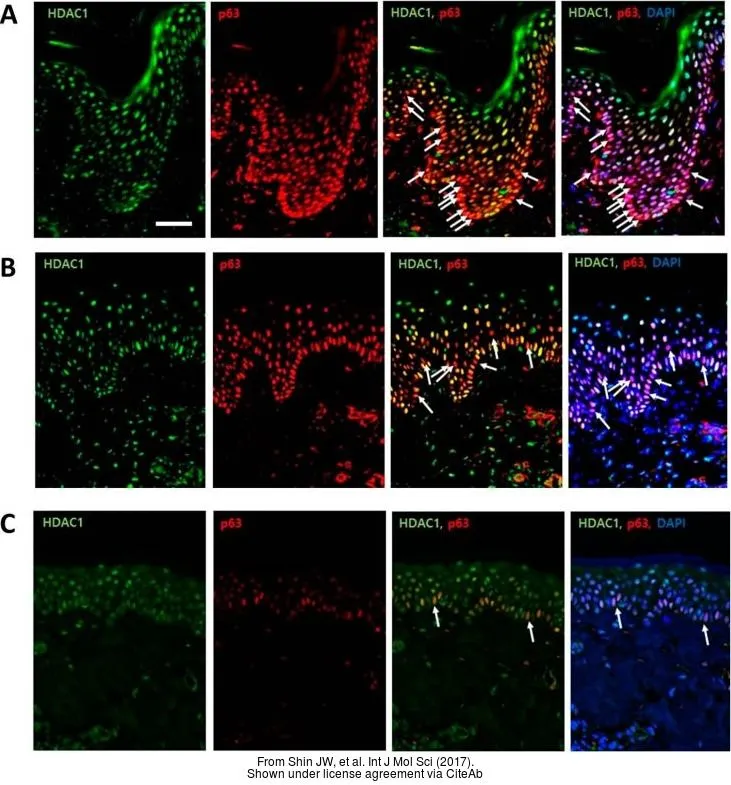
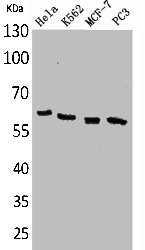
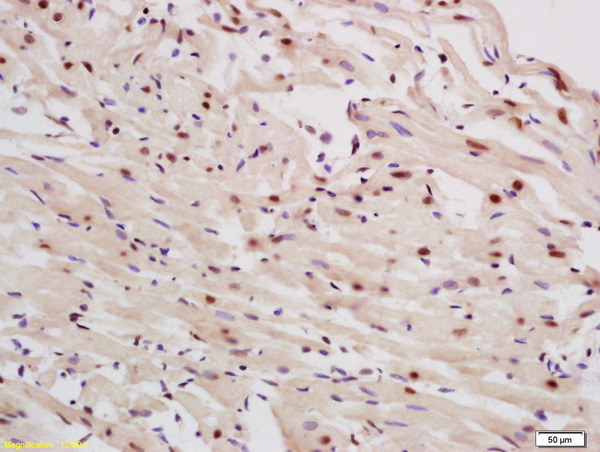
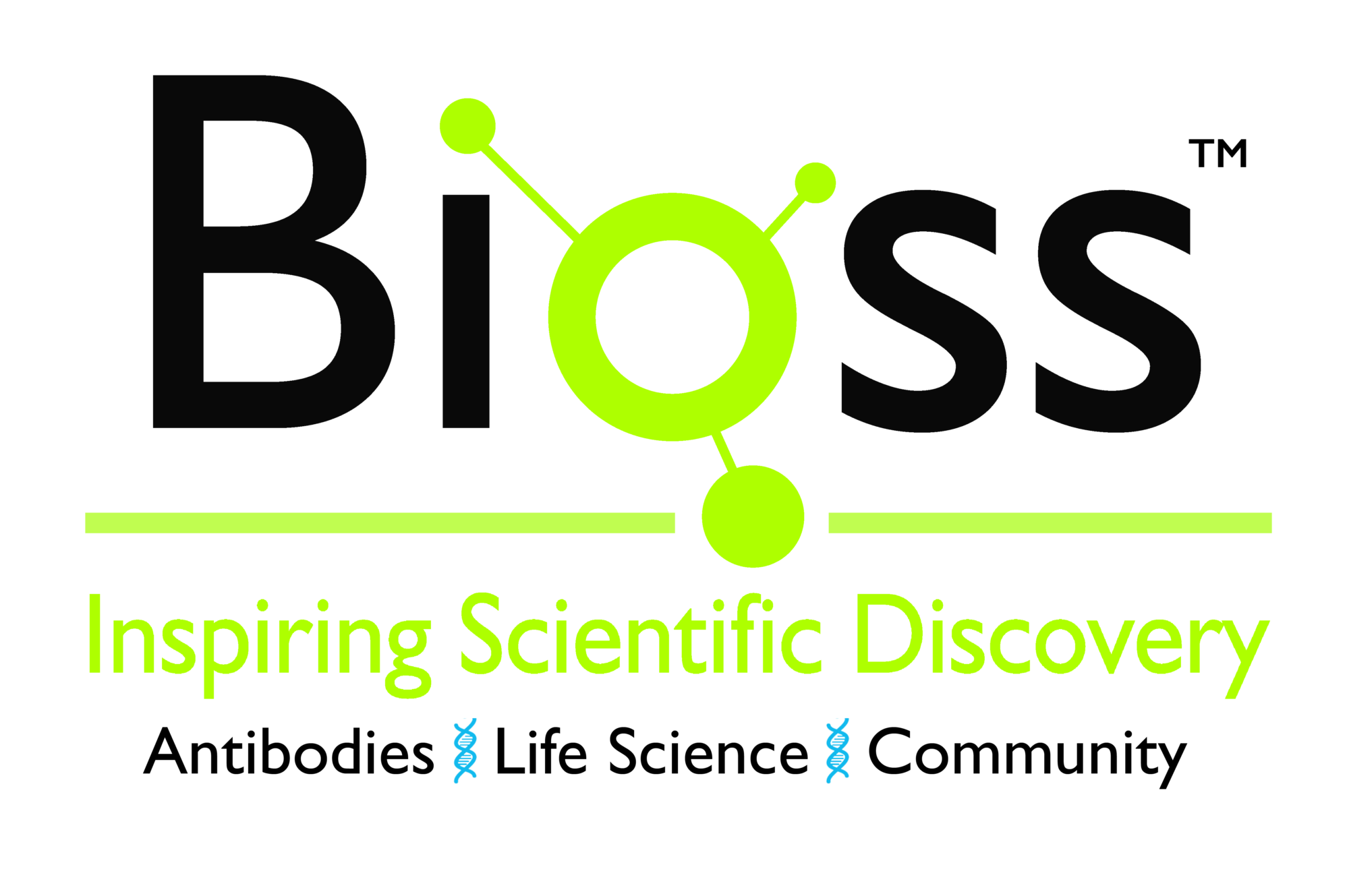
![IHC-P analysis of human prostate carcinoma tissue using GTX18022 p63 antibody [TP63/2427].](https://www.genetex.com/upload/website/prouct_img/normal/GTX18022/GTX18022_20200115_IHC-P_1044_w_23060620_814.webp)
![IHC-P analysis of human prostate carcinoma tissue using GTX18023 p63 antibody [TP63/2428].](https://www.genetex.com/upload/website/prouct_img/normal/GTX18023/GTX18023_20200115_IHC-P_1045_w_23060620_173.webp)
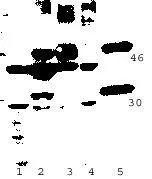
![ELISA analysis of antigen using GTX60407 p63 antibody [4E5]. Red : Control antigen 100ng Purple : Antigen 10ng Green : Antigen 50ng Blue : Antigen 100ng](https://www.genetex.com/upload/website/prouct_img/normal/GTX60407/GTX60407_20170912_ELISA_w_23061123_931.webp)